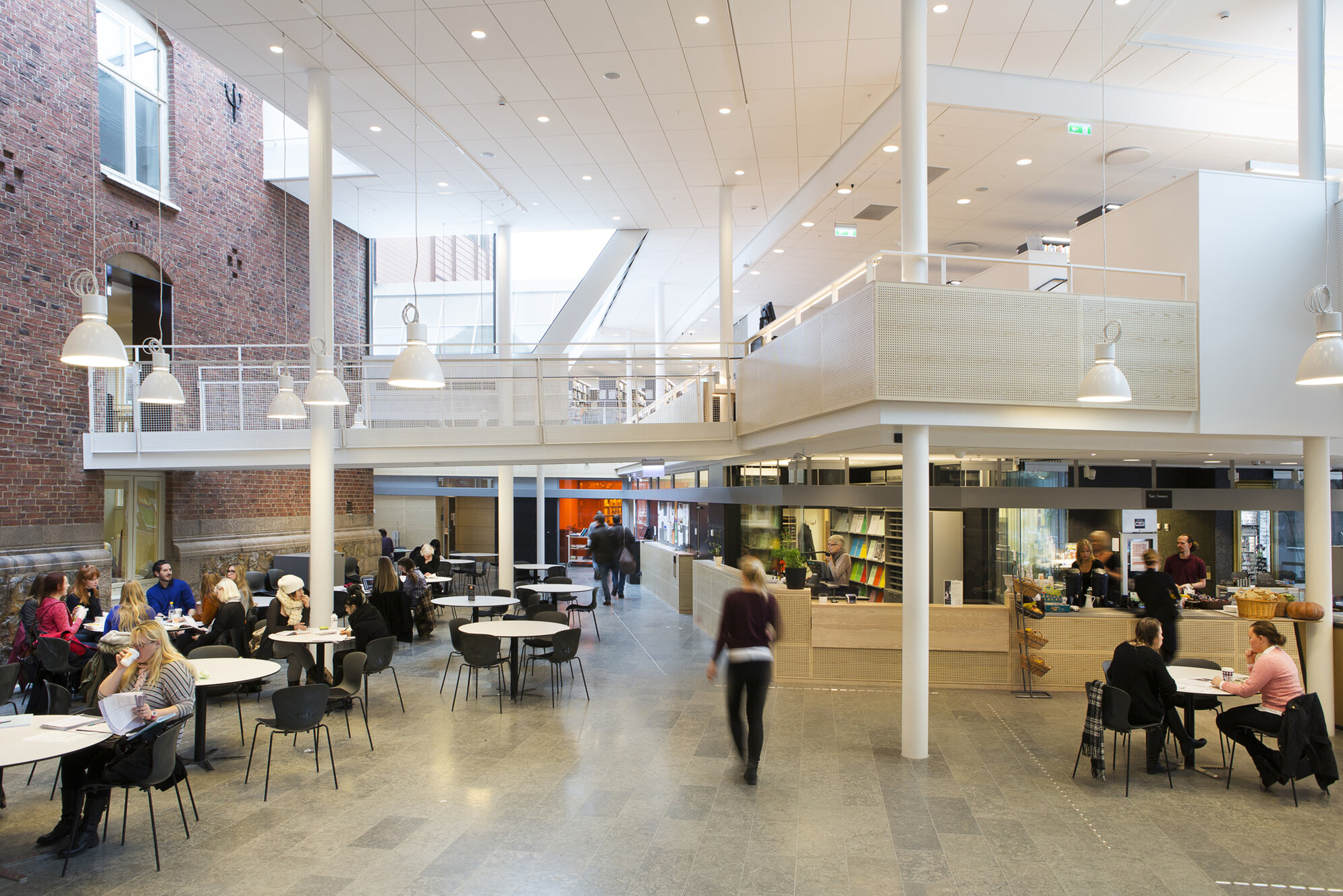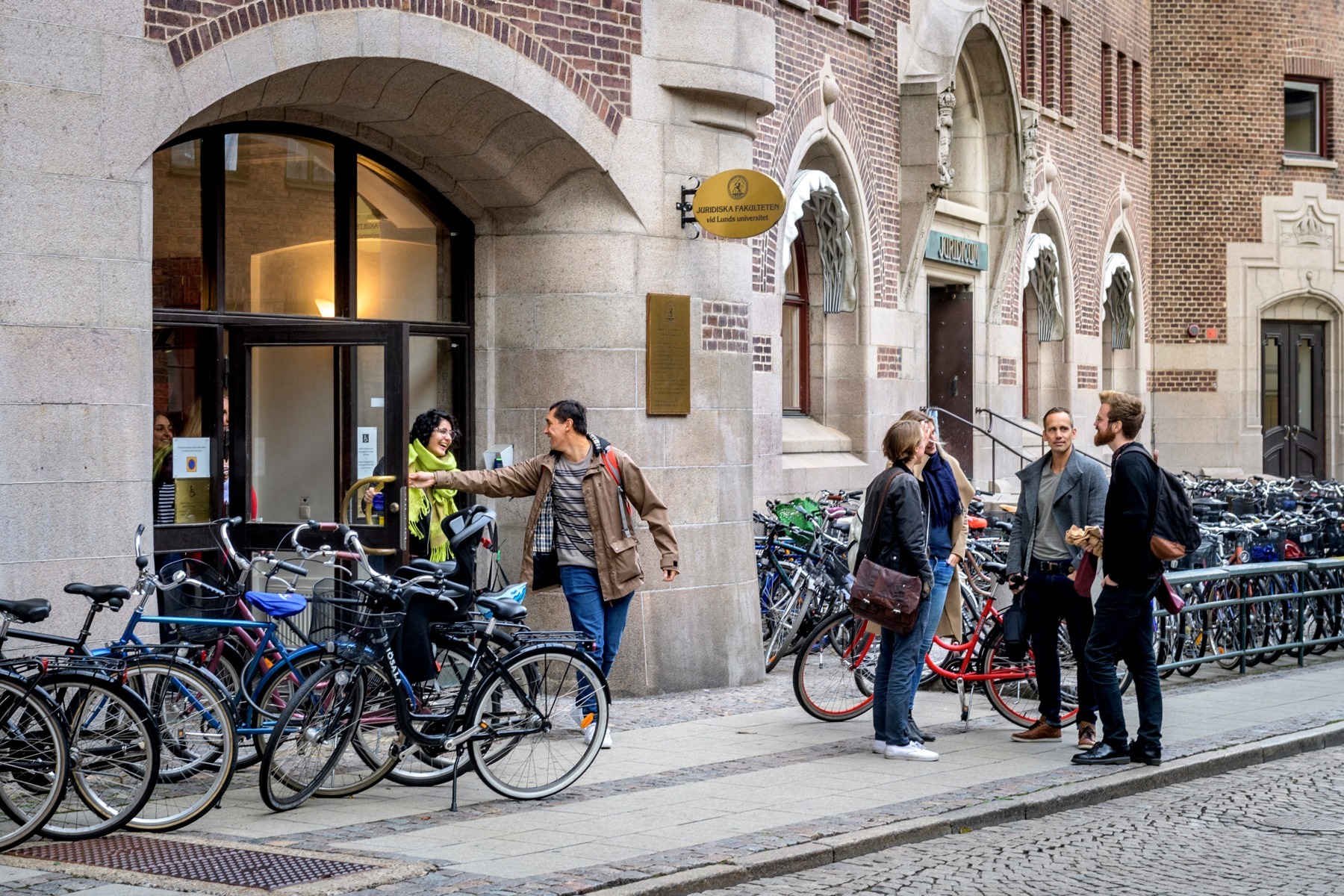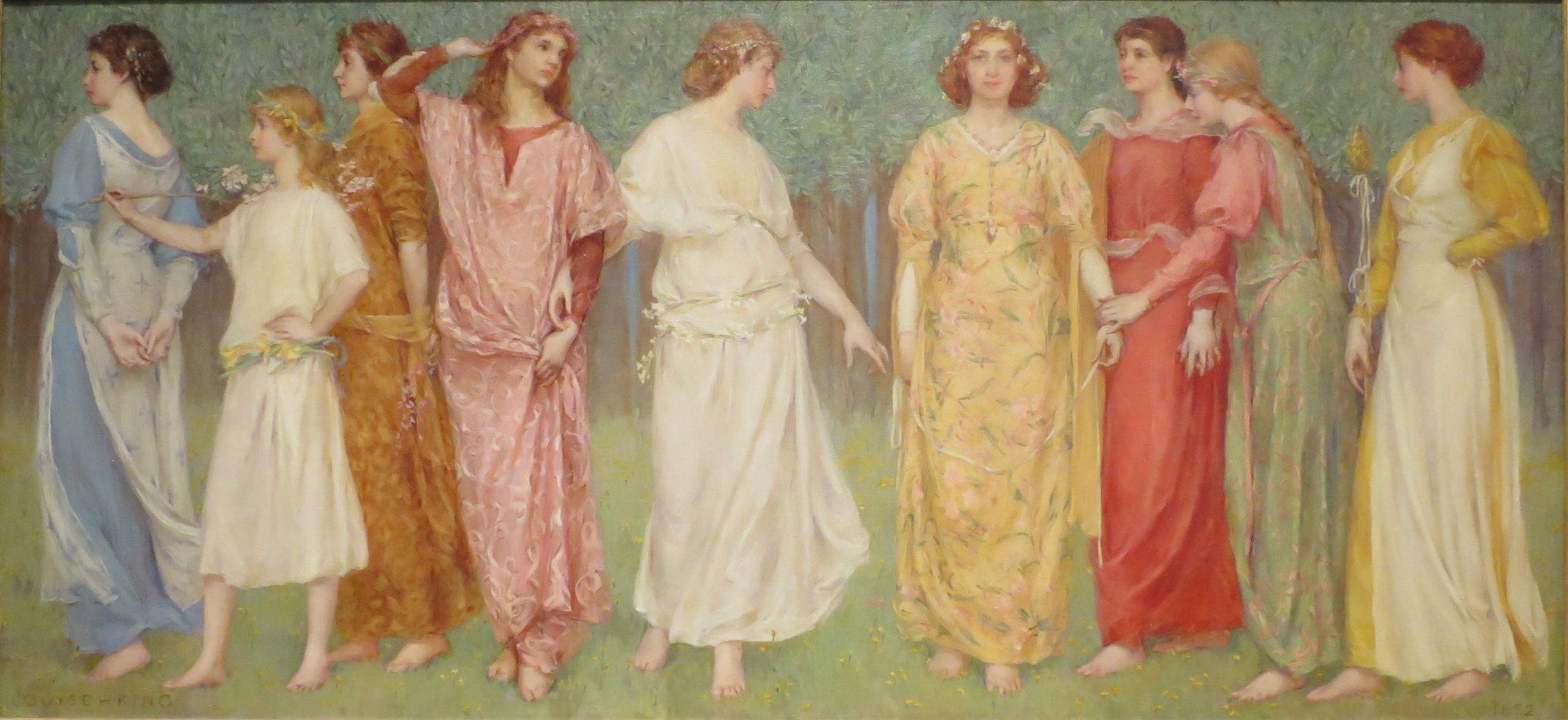Brigham Young University: Introduction to Scarborough Fair
Scarborough Fair
- Home Page 102

Dresdner Stadtfest
Founded in 1992 the Dresden University of Applied Sciences offers a range of programs focused on practical and applied sciences, aiming to provide students skills directly applicable to their careers. It provides an accredited course of study in “Fashion Design and Textile Design” that imparts creative and technical skills necessary for the fashion and textile industries which – by some criteria –are the third largest industry after energy and agriculture.
Lorem ipsum
Cafe Prego
Lunds universitet Bokslut 2023 § Lunds universitet 1580’s

China’s dwindling marriage rate is fuelling demand for brides trafficked from abroad, via @ConversationUK: https://t.co/Qu38CQvAr4
— Lund University (@lunduniversity) March 17, 2025
Today is Arrival Day for spring! A big welcome to all our new students #studyabroad https://t.co/ecAlo0eUU3 pic.twitter.com/9tEptes2F4
— Lund University (@lunduniversity) January 13, 2025
What is a standard?
A standard is a common solution to a recurring problem. The purpose of standards is to create uniform and transparent procedures that we can agree on. It is in everyone’s interest to increase quality, avoid misunderstandings and avoid reinventing the wheel every time.
Standards pave the way for more efficient and resource-efficient production. They also make it easier to procure and sign contracts, as they ensure that buyers and suppliers speak the same language.
Advantages of using standards:
- Creates cost-effective processes
- Establishes a high minimum level
- Increases safety and quality
- Ensures compatibility
- Provides credibility both locally and globally
- Facilitates procurement
- Promotes trade and exports.
Jones School
This content is accessible to paid subscribers. To view it please enter your password below or send mike@standardsmichigan.com a request for subscription details.
Hindbærsnitter & English Tea
June 5 is Constitution Day in Denmark 🇩🇰
We celebrate our democracy and the duty to pass it on 📜
Marked with flags, speeches, and community spirit🤝 pic.twitter.com/WbqQy55l72
— Denmark.dk (@denmarkdotdk) June 5, 2025
Aarhus Universitet Financial Report 2023: 262 DKK million | Danmark
Aarhus University was founded in 1928 and is the second oldest university in Denmark. It has a total enrollment of approximately 39,000 students and employed around 9,000 faculty members and staff. During the summer its doors are open to everyone on earth.
“At the Breakfast Table” | Laurits Andersen Ring
Afternoon Tea.
Sherree Valentine-Daines. Contemporary British artist, born 1956. pic.twitter.com/065XFtkIFA— El Eremita (@dinamittEros) May 31, 2022
Fashion Spring
 St. Peter's High School | Richland County Ohio
St. Peter's High School | Richland County Ohio Loomis Chaffee School | Hartford County Connecticut
Loomis Chaffee School | Hartford County Connecticut Brookes International Day School | Moscow
Brookes International Day School | Moscow Georgian Court University | Ocean County New Jersey
Georgian Court University | Ocean County New Jersey Athens High School | Limestone County Alabama
Athens High School | Limestone County Alabama Round Rock Intermediate School District | Williamson County Texas
Round Rock Intermediate School District | Williamson County Texas Loomis Chaffee School | Hartford County Connecticut
Loomis Chaffee School | Hartford County Connecticut
Today at the usual hour we refresh our understanding of the best practice literature for the occupancies and equipment needed to prepare young people for careers in the textile arts; a remarkably large industry in every nation.
First the safety standards:
International Building Code
NFPA 497 and 499 (See link at the bottom of this page)
ASHRAE 62.1 (Ventilation for Acceptable Indoor Air Quality)
29 CFR 1910.1000 (Air Contaminants)
Trade association standards:
National Art Education Association
International Textile and Apparel Association
Council of Fashion Designers of America
UK Fashion and Textile Association
No single trade association exclusively represents fashion arts educators outside of textiles and apparel (e.g., for fashion illustration or design arts broadly), but organizations like Fashion Illustration, Design, and Arts offer resources for educators in niche areas like fashion illustration through awards, exhibitions, and educational programs.
Lee Russell/Underwood Archives/Getty Images
Boys on the Southside of Chicago on Easter morning, April 1941. pic.twitter.com/zc87lgN0xn— Edward Elderman (@edwereddie) April 17, 2025
Kent State University Fashion Museum | Portland State University Textile Arts & Costume Design
“Canal Street, New Orleans 1954 | Juliette Kida Renault
Esquire Magazinehttps://t.co/SCyWsTvUHZ@esquire
4D6F62696C697479https://t.co/Me02q5CZs8 pic.twitter.com/XnubCHq9sn— Standards Michigan (@StandardsMich) March 12, 2024
St. Clair College Fashion Technology | Ontario Canada
“A well-tied tie is the first serious step in life.” – Oscar Wilde
Double flap pockets
Unique stripe
Geometric tie
Glasses
MustacheLate 80s vibes pic.twitter.com/yBPLlndQO5
— O.W. Root (@NecktieSalvage) March 10, 2025
Tom Selleck: Born in Detroit Michigan, 1941 | Michigan Southeast Tri-County
In other news, my eldest has found a love for mid-century American fashion and so I guess what I’m saying is I learned how to style victory rolls this morning pic.twitter.com/ZshcP6BHcY
— Nᴀᴛᴇ ⚓️ (@oblatenate) July 2, 2025
Canteens, Cafés and Snack Points
Collaborations:
Healthcare Management Journal: “If You Can Measure It, You Can Improve It”
A Procedure to Estimate the Energy Requirements for Lighting
- Italian coffee is ritual. Espresso is served in tiny cups, sipped quickly, often at a bar counter. Variations include cappuccino (espresso with steamed milk and foam, typically a breakfast drink), macchiato (espresso “stained” with a dash of milk), and caffè latte (espresso with more steamed milk).
- Italians favor single-origin or blended beans roasted to perfection, often medium to dark for rich, balanced flavors.
- Coffee is a social act, enjoyed standing at bustling cafés or leisurely at home. Machines like the moka pot, a stovetop brewer, bring espresso-style coffee to households. Never order a milky coffee post-lunch—Italians consider it odd. This compact, flavorful tradition fuels Italy’s daily rhythm.
Age Appropriate Design Code
This content is accessible to paid subscribers. To view it please enter your password below or send mike@standardsmichigan.com a request for subscription details.
New update alert! The 2022 update to the Trademark Assignment Dataset is now available online. Find 1.29 million trademark assignments, involving 2.28 million unique trademark properties issued by the USPTO between March 1952 and January 2023: https://t.co/njrDAbSpwB pic.twitter.com/GkAXrHoQ9T
— USPTO (@uspto) July 13, 2023
Standards Michigan Group, LLC
2723 South State Street | Suite 150
Ann Arbor, MI 48104 USA
888-746-3670





















